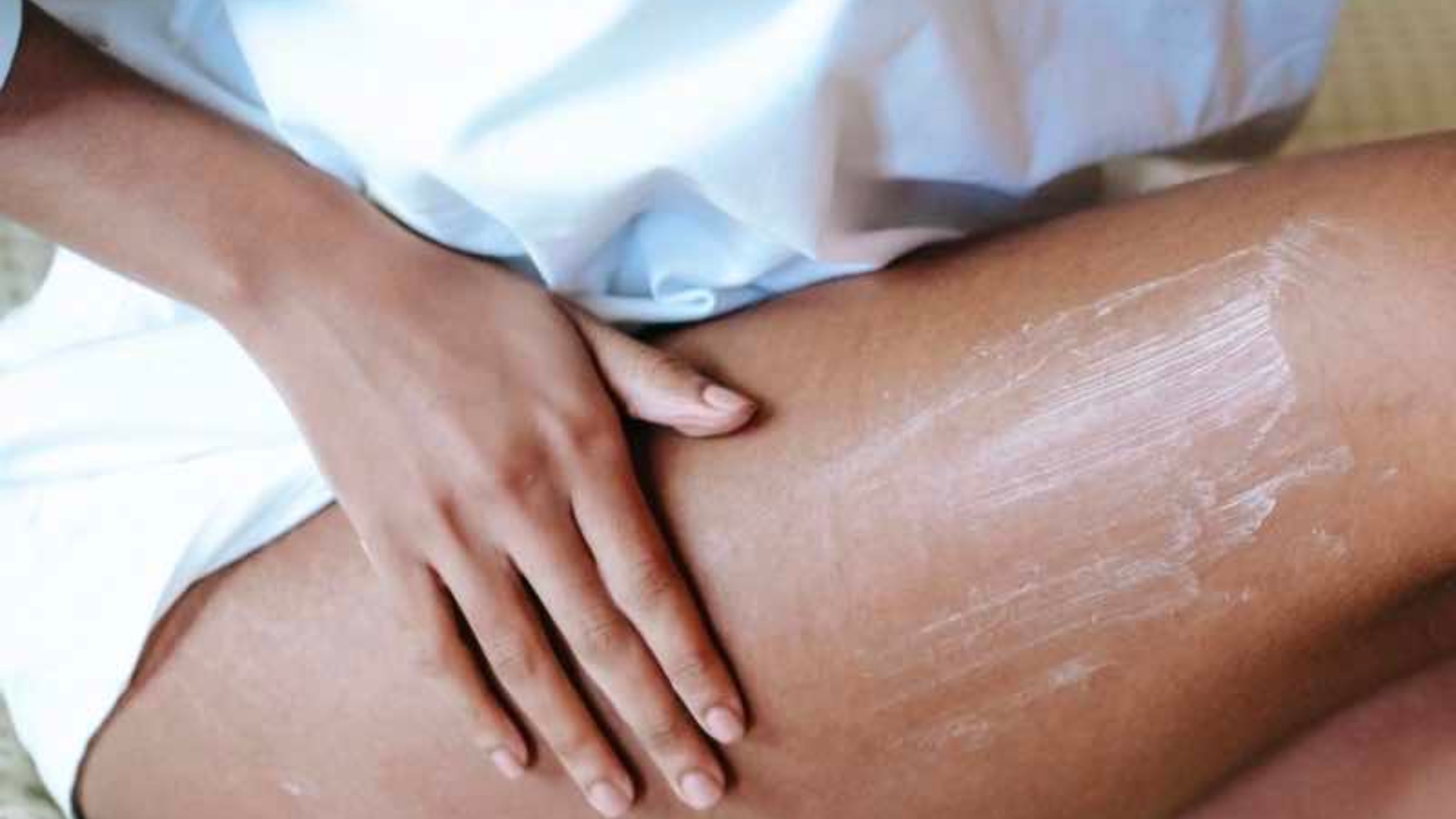Dry or “alipidic” skin is skin that is essentially lacking in lipids (fat) and water by nature. This skin disorder is also called xerosis.
The sebaceous glands do not produce enough sebum, an imbalance is created. The hydrolipidic film, made up of fat and water, no longer allows the skin to play its role as a barrier to retain moisture in the upper layers of the epidermis (transepidermal water loss).
The epidermis is then prone to external aggressions and pathogenic agents (pollution, allergenic particles, UV rays, etc.). The skin becomes drier, tighter, and sensations of itching appear.

THERE ARE 2 TYPES OF DRY SKIN :
- The dry skin known as pathological: it is due to skin diseases such as eczema, psoriasis, atopic dermatitis… This type of skin requires a medical follow-up.
- Physiological dry skin: it is linked to climatic conditions, our heredity, age, gender and also to diet. Daily cosmetic care helps restore the skin’s protective lipid layer.
It is important to differentiate between dry and dehydrated skin. Indeed, dry skin lacks lipids by nature, while dehydrated skin lacks water.

MULTIPLE FACTORS
The skin barrier can be weakened by various factors depending on the environment or lifestyle:
- Climatic conditions can cause drought including cold, wind, sun, humidity or sudden temperature changes (hot/cold).
- Excessive hygiene or unsuitable products can attack the skin and alter its protective film.
- A drug treatment.
- Certain diseases can cause sudden dryness of the skin (renal insufficiency, atopic dermatitis…).
- Dryness of the skin also evolves during the course of life. The sebaceous glands that produce sebum become less active with age. This production reaches its peak during adolescence and degrades naturally. Some areas of the body are naturally drier than others, such as the feet.

DO YOU HAVE DRY SKIN?
The symptoms of dry skin are diverse and identifiable:
- Effects felt: your skin is less comfortable, it is permanently dry. It provides a sensation of tightness, itching and flaking on a daily basis.
- Visible effects: your skin becomes less supple, with a rougher appearance, it cracks, its complexion is dull. Your epidermis is fragile and may be covered with redness in places. We also talk about the “crocodile skin” effect, dryness is visible and your face is more prone to skin aging.

OUR EXPERTISE AT THE SERVICE OF YOUR SKIN
For CicaManuka®, our priority is to offer you effective repairing cares thanks to their unique content of IAA® Manuka honey, a rare active ingredient recognized for its antibacterial and protective properties. Find our CicaManuka® Body Balm specially formulated to nourish and moisturize dry to very dry skin, prone to itching.

